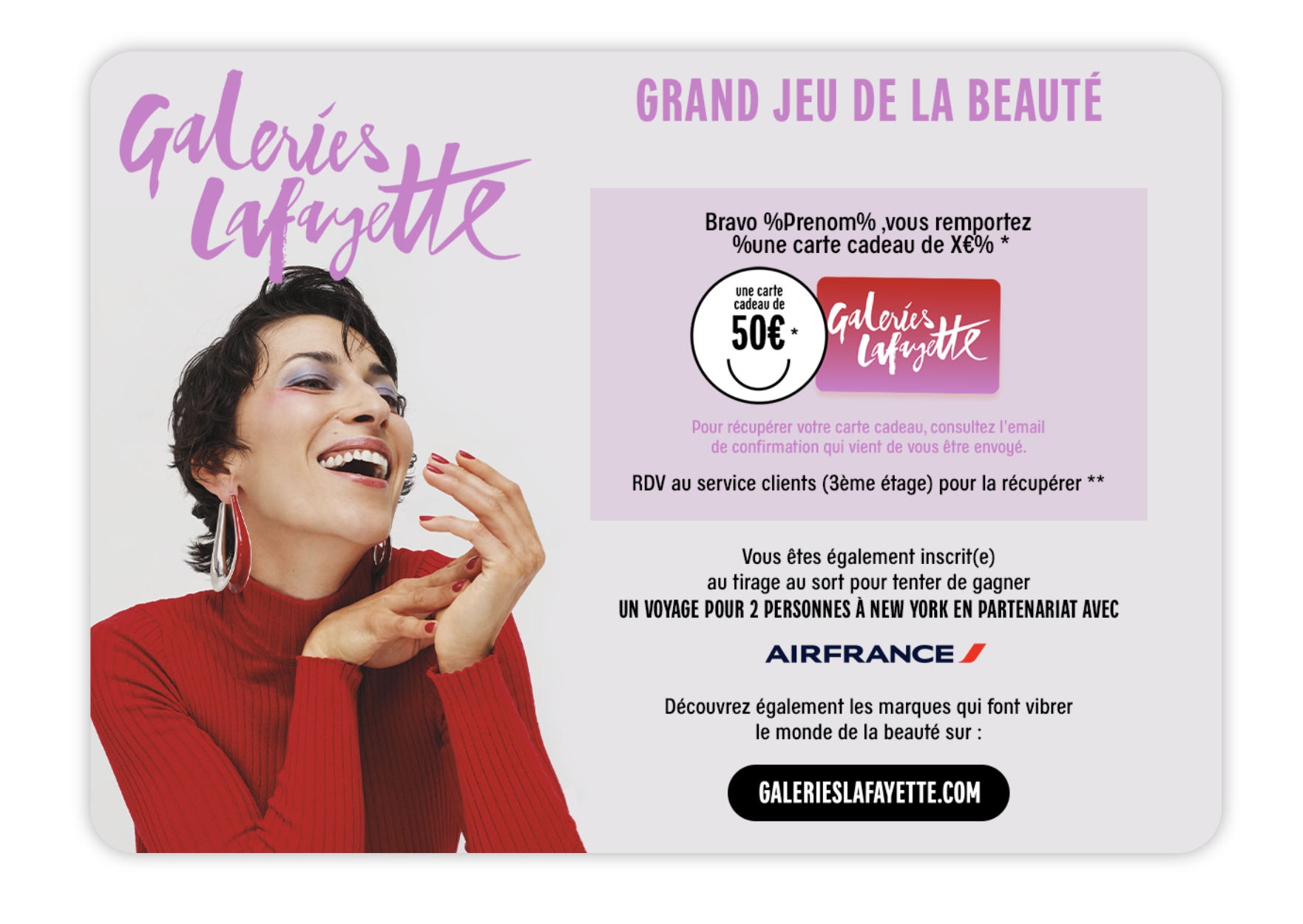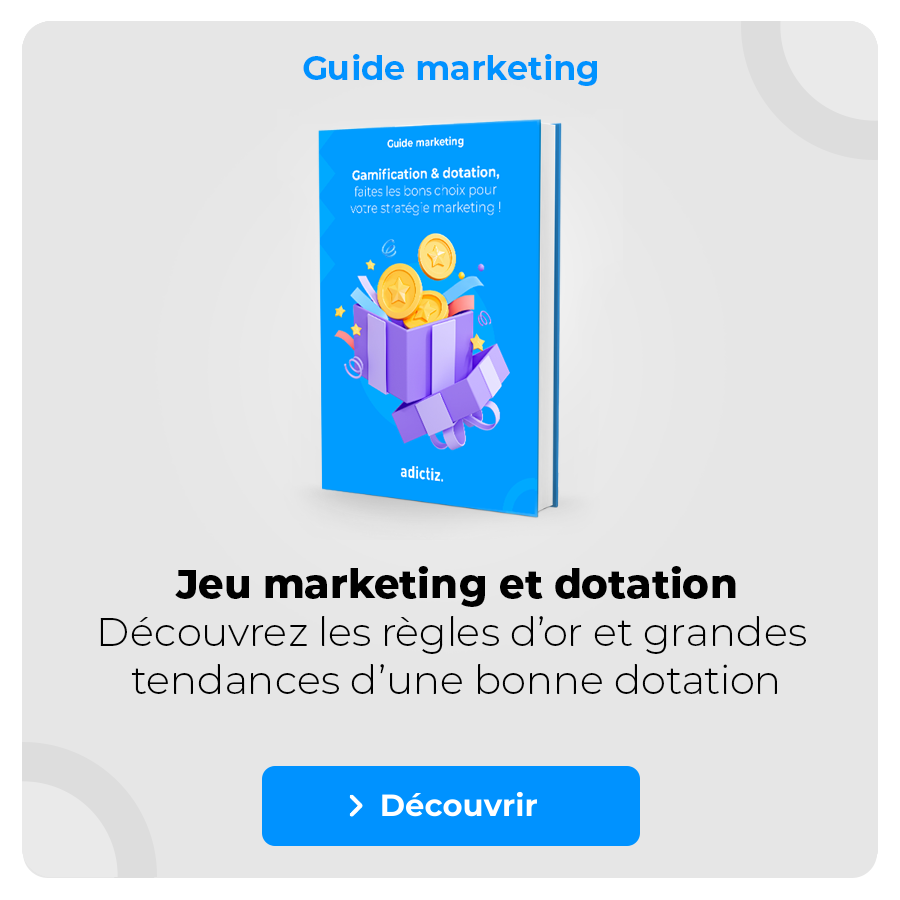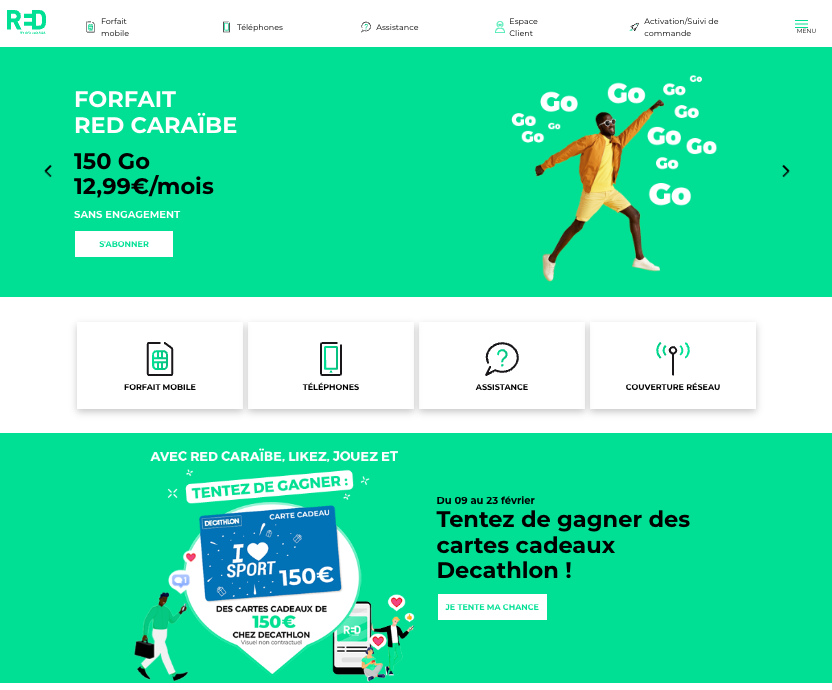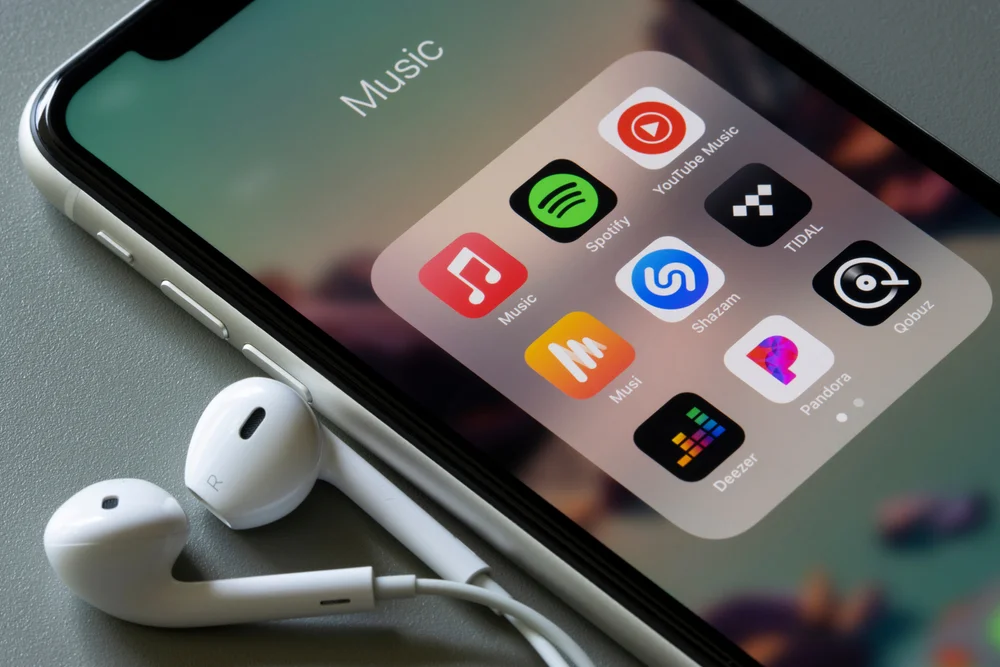
What is influencer marketing? Benefits, techniques
In a context where consumers are constantly exposed to promotional messages, brands need to redouble their creativity to engage their audience and stand out from their competitors. Influencer marketing offers many effective ways of doing this.
To the question of what is influencer marketing? The first obvious answer is that this digital strategy is unavoidable. According to a recent study, the global influence market is now worth more than 16 billion dollars. Et collaborer avec des créateurs de contenu est donc un levier indispensable pour humaniser sa marque, créer une connexion authentique avec son public et toucher une audience plus large.
However, this strategy also presents a number of challenges. Influencer marketing is constantly evolving to meet consumers’ expectations of proximity and interaction. But it also needs to equip itself with more powerful tools to better measure the performance of campaigns and personalise them as much as possible.
Gamification, the integration of playful elements into influencer marketing, is an excellent way of meeting these challenges.. Dans cet article, on s’intéresse donc aux avantages de cette stratégie et aux différents outils interactifs pour en booster les performances.
What is influencer marketing?
Influencer marketing is a strategy in which brands collaborate with content creators, mainly on social networks. Influencers are personalities who have managed to build up an online audience, generally by specialising in a particular content niche and creating links with their followers.
This closeness to their audience and ability to create native content on social networks are two particularly strategic levers for companies. By co-creating campaigns with influencers, brands can reach a wider audience that is potentially interested in their products or services. Content creators also act as ambassadors, embodying the brand and its values, giving it an image that is more authentic and closer to its audience.
An integral part of any influencer marketing strategy is therefore to identify content creators whose interests, tone and values are close to those of the company (as in a co-branding strategy). In this way, companies can ensure they are reaching the right audience, maintaining consistency in their communications and highlighting their world and value proposition.
The benefits of influencer marketing for brands
Influencer marketing can be an incredibly powerful marketing tool for brands, whatever their reputation, sector of activity or objectives. According to a recent report on the subject, almost half of consumers (49%) make a purchase at least once a month after being exposed to influencer publications. And almost all shoppers (86%) say they make a purchase following recommendations from a content creator at least once a year.
The main reasons for influencer marketing include :
Increase brand awareness
Working with influencers enables companies to reach a wider, highly qualified audience. By sharing campaigns about a brand, content creators help to raise awareness of the brand among new people or improve its image. This is how, for example, influencer Léna Situations has modernised the image of the Jennyfer brand.
Target the audience for your marketing campaigns more effectively
Influencer marketing helps brands to precisely target their audience. The key is to work with a creator whose community matches the characteristics (demographic or behavioural) of the company’s target audience. So it’s an excellent way of ensuring that your message reaches the right people and is delivered in a way that resonates with your audience (making the campaign more impactful).
Achieve higher conversion rates
Social proof is a powerful conversion factor. Consumers are more likely to buy a product if it has been recommended to them by someone they trust (and not by the brand itself, through traditional advertising). What’s more, influencers have mastered the codes of content creation on social networks. As a result, their publications are better integrated into users’ news feeds, making them more likely to capture their attention and generate conversions.
Create a more authentic and trusting relationship with your audience
Influencers also enable brands to humanise their communications and create a more authentic connection with consumers. They will create credible content that will enable their followers to better understand their brand. identify the strengths of a product or service and the different ways in which it can be used. Their shared experience, which is less formatted and more spontaneous, is also more likely to generate trust (and therefore conversion and loyalty) than a traditional promotional campaign.

How to gamify influencer marketing campaigns
Le marketing d’influence est une stratégie puissante pour atteindre et convertir son public cible. Mais c’est aussi devenu une arène publicitaire ultra compétitive dans laquelle les marques doivent redoubler d’efforts pour convaincre les créateurs de collaborer avec elles et capter l’attention de leurs abonnés.
La gamification en marketing est un levier qui permet de booster les performances d’une campagne de plusieurs manières. Cette technique peut par exemple être utilisée pour motiver les influenceurs et valoriser leur contenu. Les entreprises peuvent ainsi gamifier leur programme d’influence (ou d’ambassadeurs) de la même manière qu’un programme fidélité. Les créateurs qui génèrent le plus de vente peuvent ainsi cumuler des points, atteindre de nouveaux paliers et bénéficier d’avantages spécifiques (goodies, une commission plus élevées sur chaque vente, des accès aux backstages de la marque).
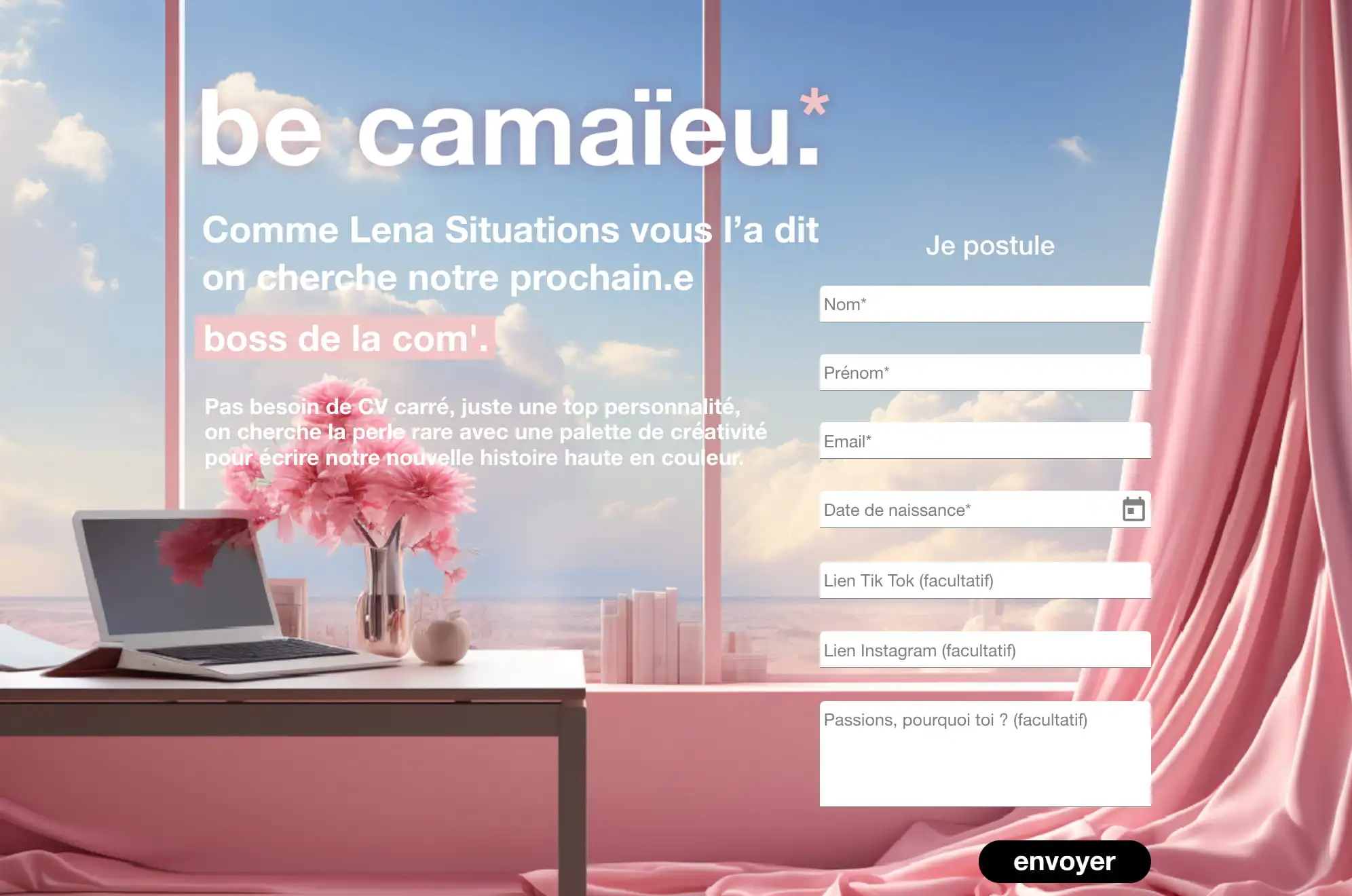
Mais la gamification permet surtout de capter plus facilement l’attention des audiences et de stimuler leur engagement. En créant des campagnes plus ludiques, sous forme de concours créatifs ou de jeux marketing, les entreprises et les influenceurs peuvent en effet encourager les utilisateurs à interagir avec eux et booster la viralité de leur contenu.
Les mécaniques jouables propres à la gamification sont aussi un excellent moyen d’augmenter les interactions des abonnés avec la campagne. C’est donc un puissant levier pour collecter plus de données zéro-party et ainsi mieux comprendre les besoins et attentes de son audience. A partir de cette data, l’entreprise pourra ensuite créer des campagnes encore plus personnalisées, et donc beaucoup plus engageantes !
Conclusion
Gamification is an excellent way of creating even more effective influencer marketing campaigns. To engage the creators you work with and their audience, don’t hesitate to integrate interactive mechanisms into your content. Discover our catalog of marketing games and boost your influencer strategy!



